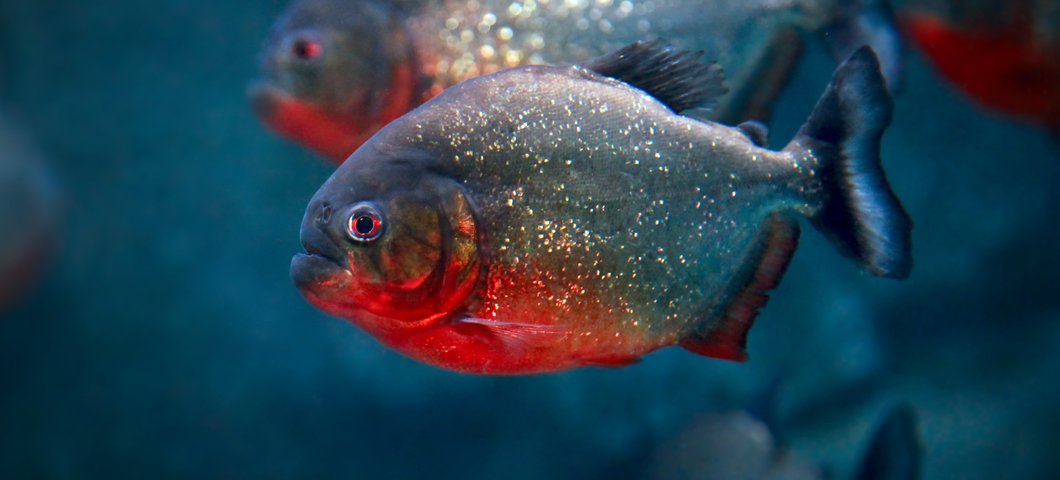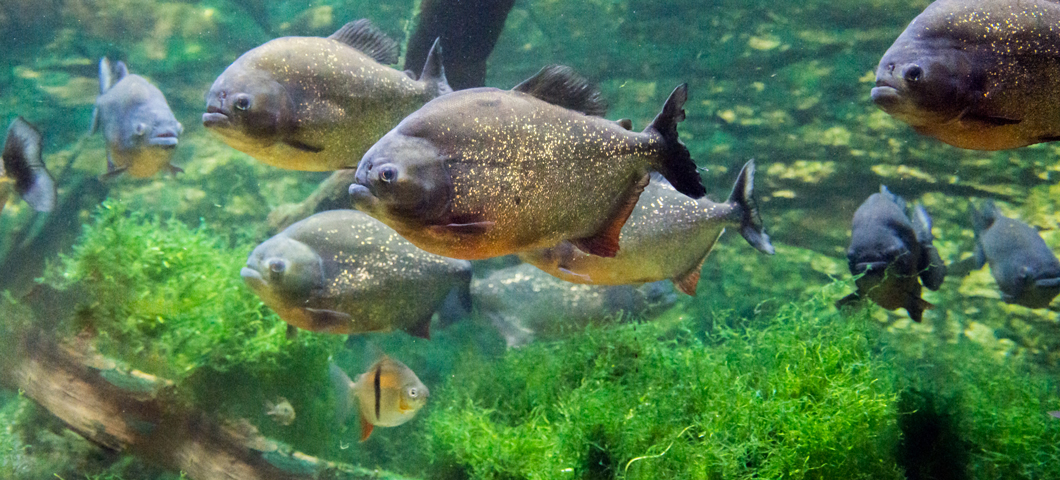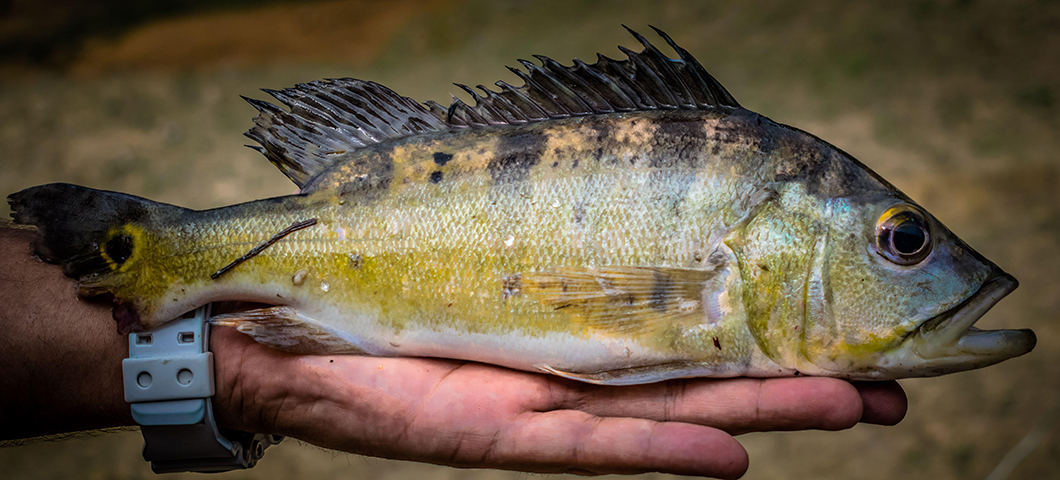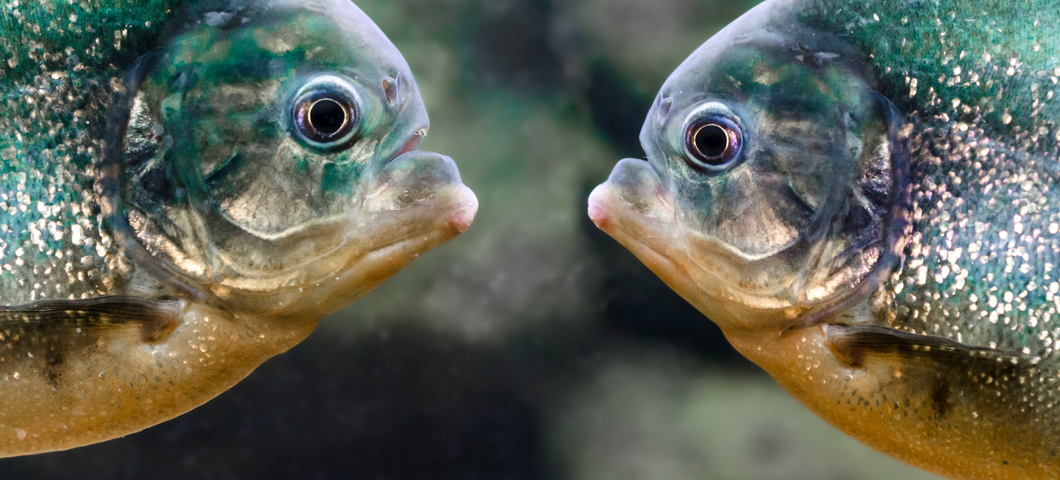They aren’t cute and they don’t look like something you’d want to hug. Yet, piranhas suffer from an unfortunate reputation. They’re not at all the monsters you may have heard about.
The more than 60 kinds of piranhas have lived in the rivers, streams, and lakes of South America for a very long time. Ancestors of today’s piranhas date back 25 million years. Their diet includes mainly fish, snails, insects, and some plant life. Piranhas aren’t especially interested in attacking people. Unless, that is, the person disturbs its eggs buried in a riverbed. Then, watch out!
Check It Out!
How did piranhas get such a bad reputation?
President Theodore Roosevelt traveled to Brazil after he left office. To impress him, people there put lots of hungry piranhas in a tank. Roosevelt watched as a cow was lowered into the tank. The starving fish gobbled it up in minutes. Later, Roosevelt described piranhas as bloodthirsty. He had no idea it was all a show.
Most piranhas are less than 10 inches long and weigh less than two pounds. They have an underbite, which makes their lower jaw stand out, though it’s mostly hidden behind their thick lips. Piranhas lose and regrow teeth throughout life, but they do so in sections, not one by one. ▶
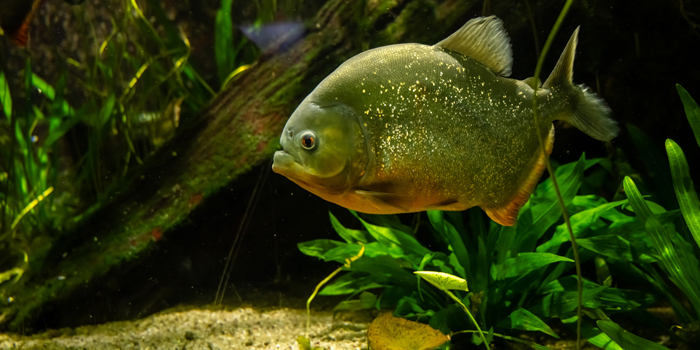
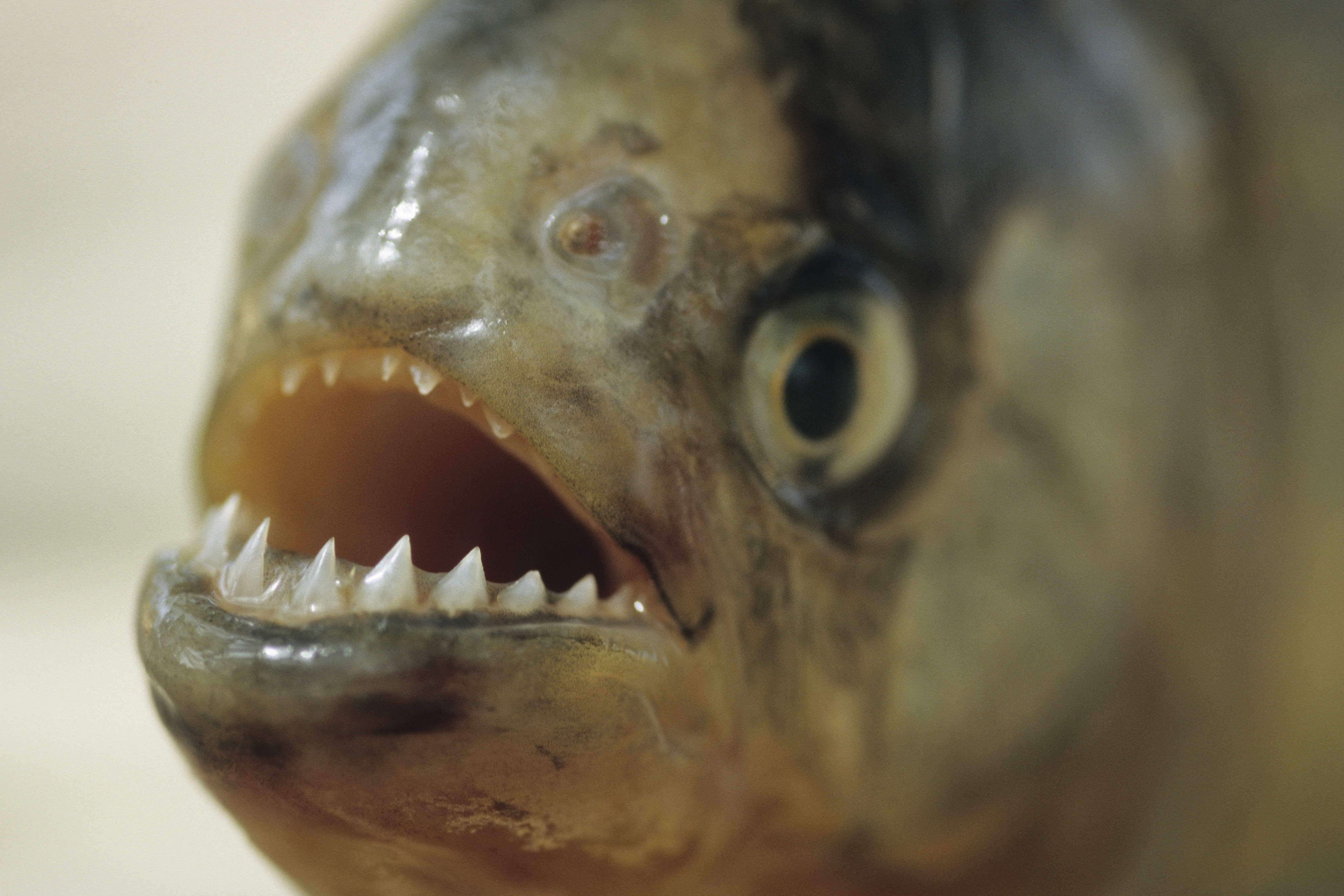
◀ Piranha means “tooth fish” in the language of the Tupi, an Indigenous (Native) people of Brazil. And it’s fitting. Piranhas have 10 razor-sharp teeth per jaw. So sharp they can bite through bone. Their top and bottom teeth interlock like the parts of a zipper. And they bite with three times the force of an American alligator of their size.
▲ Red-bellied piranhas are known to be both ferocious and polite. They hunt in large groups. Members of the group spread out. When a meal is spotted, the attacker sends a signal – probably a sound. Group members rush in to take a bite and then leave so others can get a chance.
Some groups of piranhas have more than 1,000 fish. You might think they do this as a way to attack prey. But it’s just the opposite. The school, or group, is a way piranhas protect themselves. Its movements are coordinated, which can confuse a predator. Plus, more fish mean more eyes to spot an enemy. ▶
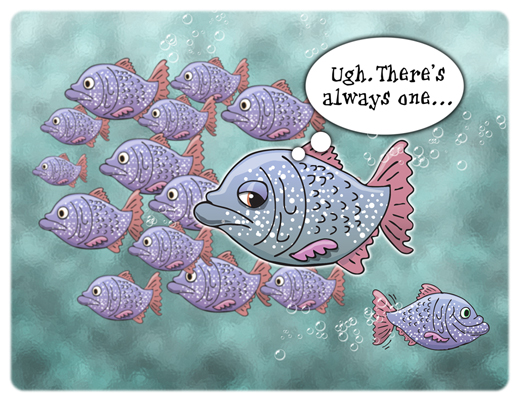
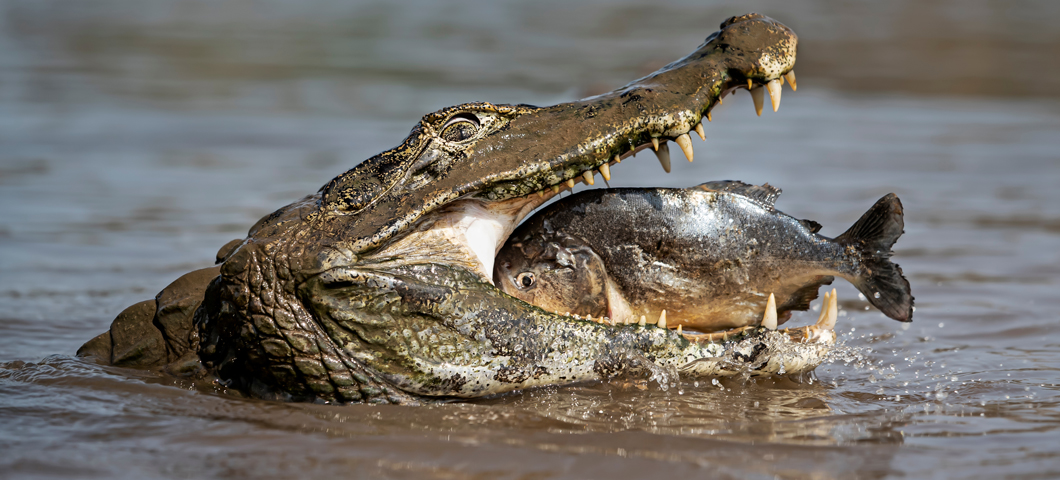
Piranhas make a tasty meal for river dolphins, turtles, birds, and even caimans. (Caimans are related to alligators.)
